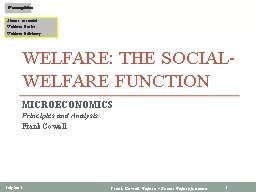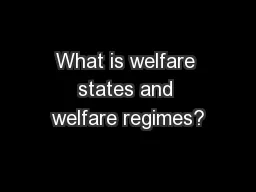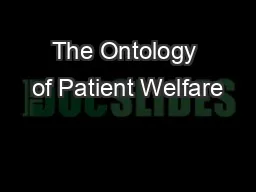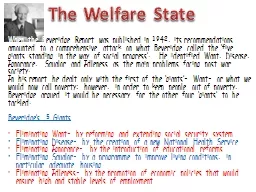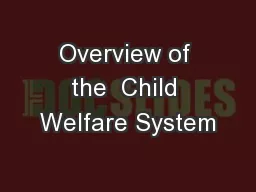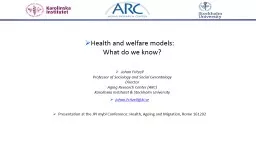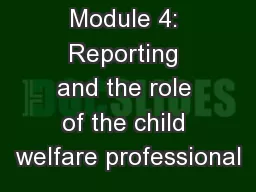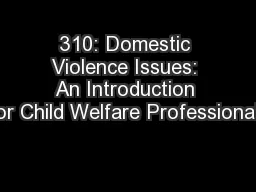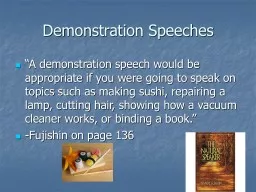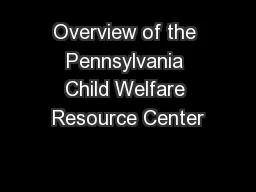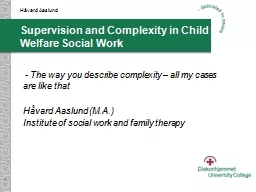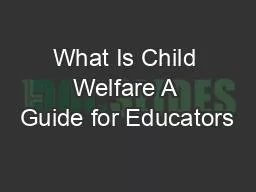PPT-Child Welfare Demonstration
Author : trish-goza | Published Date : 2018-11-01
Project CWDP Family Engagement Study Overview Alexis Pigott Evaluation Specialist alp159pittedu Justin Donofrio Evaluation Coordinator jdd63pittedu Monday
Presentation Embed Code
Download Presentation
Download Presentation The PPT/PDF document "Child Welfare Demonstration" is the property of its rightful owner. Permission is granted to download and print the materials on this website for personal, non-commercial use only, and to display it on your personal computer provided you do not modify the materials and that you retain all copyright notices contained in the materials. By downloading content from our website, you accept the terms of this agreement.
Child Welfare Demonstration: Transcript
Download Rules Of Document
"Child Welfare Demonstration"The content belongs to its owner. You may download and print it for personal use, without modification, and keep all copyright notices. By downloading, you agree to these terms.
Related Documents


